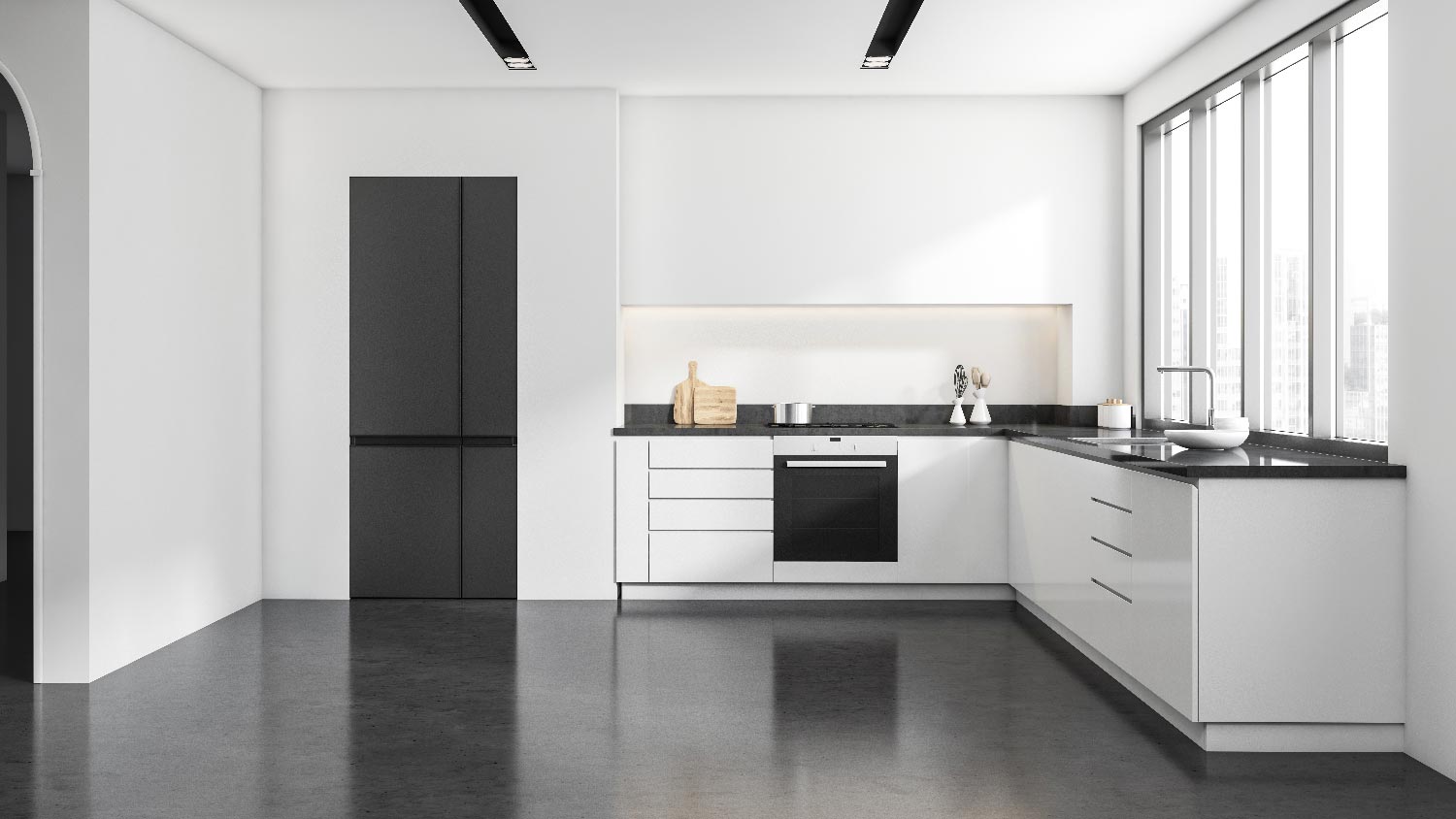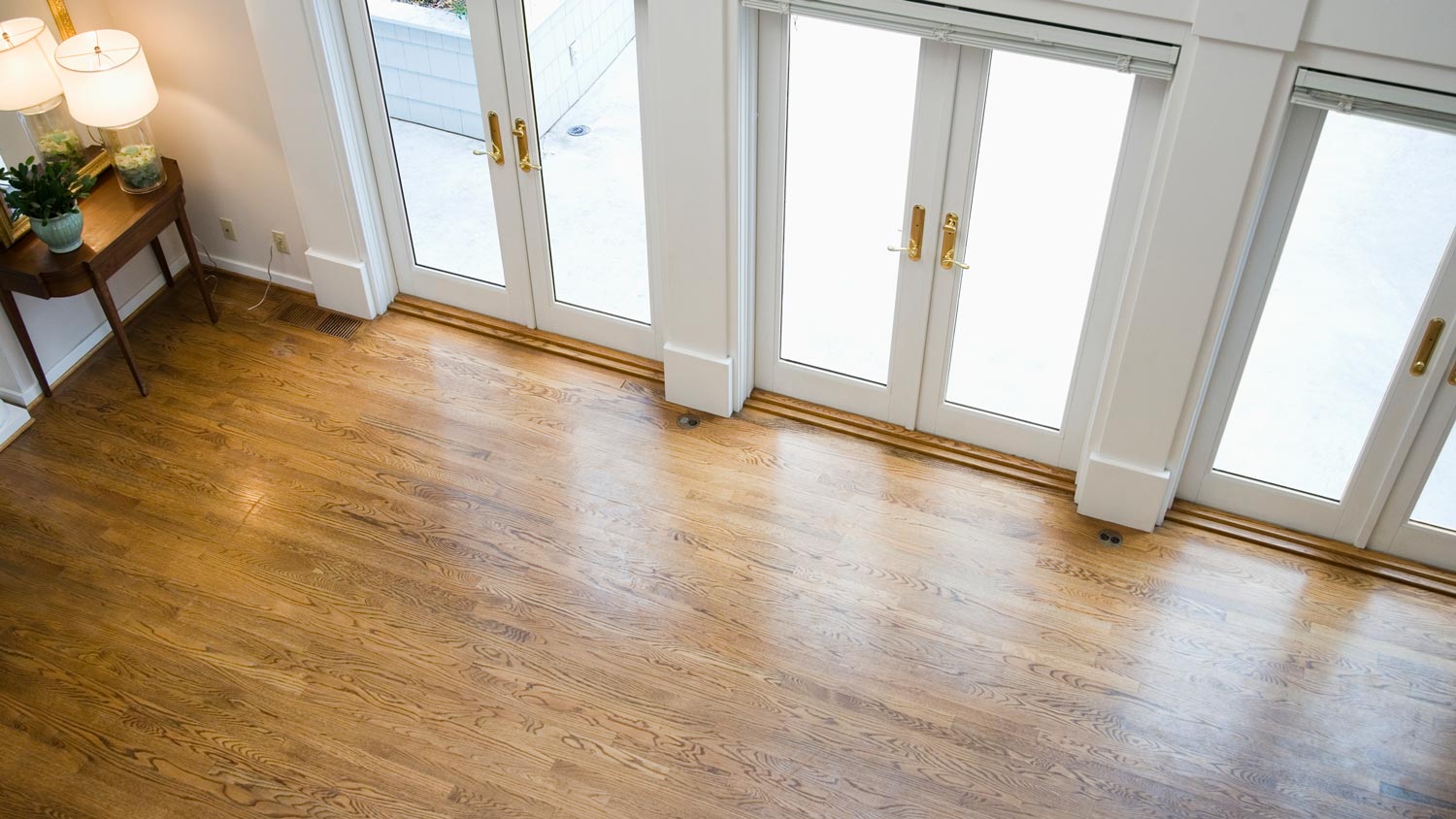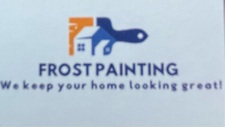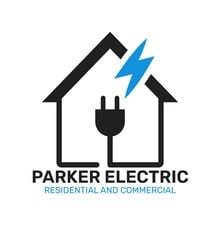
Get matched with top rototilling pros in West Gardiner, ME
Enter your zip and get matched with up to 5 pros
Need a pro for your rototilling project in West Gardiner, ME?
Verified Reviews for Rototilling pros in West Gardiner, ME
*The Angi rating for Rototilling companies in West Gardiner, ME is a rating based on verified reviews from our community of homeowners who have used these pros to meet their Rototilling needs.
*The HomeAdvisor rating for Rototilling companies in West Gardiner, ME is a rating based on verified reviews from our community of homeowners who have used these pros to meet their Rototilling needs.
Last update on December 15, 2025
Find Rototilling pros in West Gardiner

TruGreen
TruGreen
We believe life is better outside. TruGreen is committed to improving outdoor spaces like your backyard, our shared communities and the environment as a whole. That's why TruGreen, America's #1 lawn care company, has a team of PhD agronomists and certified specialists who work to provide tailored care and bring out your lawn's full potential. We're here to help you and your lawn flourish this season.
"The pro has been servicing our Mclean property quite well for a couple of years. Our lawn looks good and we are satisfied with the service. The customer service is sometimes underwhelming but it gets the job done at a reasonable cost which is really becoming harder by the day to get."
Alejandro S on May 2025
We believe life is better outside. TruGreen is committed to improving outdoor spaces like your backyard, our shared communities and the environment as a whole. That's why TruGreen, America's #1 lawn care company, has a team of PhD agronomists and certified specialists who work to provide tailored care and bring out your lawn's full potential. We're here to help you and your lawn flourish this season.
"The pro has been servicing our Mclean property quite well for a couple of years. Our lawn looks good and we are satisfied with the service. The customer service is sometimes underwhelming but it gets the job done at a reasonable cost which is really becoming harder by the day to get."
Alejandro S on May 2025

Ma & Pa Fix-It-All
Ma & Pa Fix-It-All
Ma & Pa Fix It All LLC we are a family owned & operated company
Ma & Pa Fix It All LLC we are a family owned & operated company
Lockharts Lawncare and Critter Removal
Lockharts Lawncare and Critter Removal
Lockharts lawncare and critter removal is by far maines most affordable and dependable landscaping and nuissance animal removal company.
Lockharts lawncare and critter removal is by far maines most affordable and dependable landscaping and nuissance animal removal company.
THE HORTICULTURAL INTUITIVE
THE HORTICULTURAL INTUITIVE
THE HORTICULTURAL INTUITIVE IS A FAMILY OWNED LANDSCAPING COMPANY LOCATED IN COASTAL MAINE.
THE HORTICULTURAL INTUITIVE IS A FAMILY OWNED LANDSCAPING COMPANY LOCATED IN COASTAL MAINE.
The homeowners guide to home care is here
From average costs to expert advice, get all the answers you need to get your job done.

Looking for a more eco-friendly flooring option? Learn how much Marmoleum® flooring costs and what factors can affect the price of installation.

Subflooring makes your floors sturdy and level. Learn more about the cost to install plywood subflooring and factors that affect the price.
.jpg?impolicy=leadImage)
If your subfloor is damaged and needs replacing, expect the project to require a professional assessment and the proper materials.

Updated flooring can make any room in your home feel brand new. Explore flooring installation costs in Minneapolis, MN, from materials to labor costs.

Updated flooring can make any room in your home feel brand new. Explore flooring installation costs in Chicago, IL, from materials to labor costs.

Learning how to install transition strips in doorways makes the transition between rooms smoother and protects the edges of the flooring.
- Pittston, ME Rototilling pros
- Gardiner, ME Rototilling pros
- Randolph, ME Rototilling pros
- Farmingdale, ME Rototilling pros
- Hallowell, ME Rototilling pros
- Augusta, ME Rototilling pros
- Manchester, ME Rototilling pros
- Sidney, ME Rototilling pros
- Chelsea, ME Rototilling pros
- Litchfield, ME Rototilling pros
- Richmond, ME Rototilling pros
- Winthrop, ME Rototilling pros
- Windsor, ME Rototilling pros
- North Monmouth, ME Rototilling pros
- Monmouth, ME Rototilling pros
- Readfield, ME Rototilling pros
- Vassalboro, ME Rototilling pros
- South China, ME Rototilling pros
- China, ME Rototilling pros
- Belgrade, ME Rototilling pros
- Bowdoinham, ME Rototilling pros
- Wayne, ME Rototilling pros
- Leeds, ME Rototilling pros
- Roofing in West Gardiner
- Plumbing in West Gardiner
- Electrical in West Gardiner
- Tree Service in West Gardiner
- Kitchen And Bath Remodeling in West Gardiner
- Driveways in West Gardiner
- Septic Tank in West Gardiner
- Cleaning in West Gardiner
- Siding in West Gardiner
- Exterior Painting in West Gardiner
- Flooring in West Gardiner
- Excavating in West Gardiner
- Fencing in West Gardiner
- Pressure Washing in West Gardiner
- Foundation Repair in West Gardiner
- Garage Doors in West Gardiner
- Pest Control in West Gardiner
- Home Builders in West Gardiner
- Leaf Removal in West Gardiner
- Insulation in West Gardiner
- Concrete Repair in West Gardiner
- Garbage Collection in West Gardiner
- Contractor in West Gardiner
- Stone And Gravel in West Gardiner
- Handyman Service in West Gardiner
- Landscaping Hardscaping And Pavers in West Gardiner
- Windows in West Gardiner
- Drywall in West Gardiner
- Chimney Sweep in West Gardiner
- Roof Ice And Snow Removal in West Gardiner
- 🌱 "Mow a small front yard"
- 🛠 "Fix a leaking pipe under the sink"
- 🏠 "Repair shingles on an asphalt roof"








